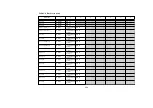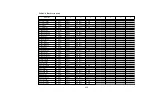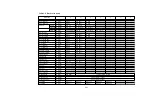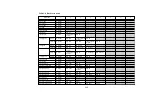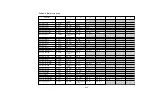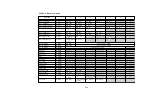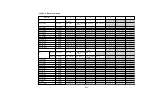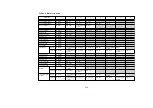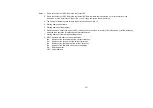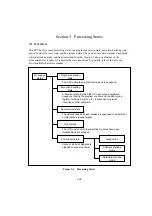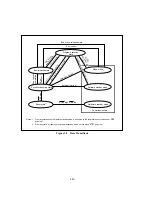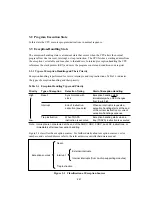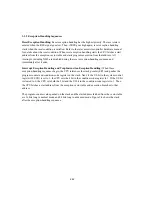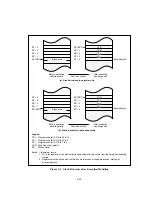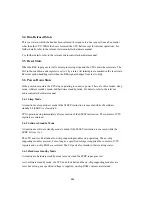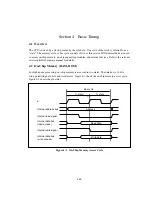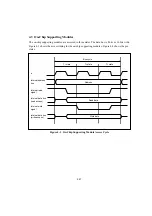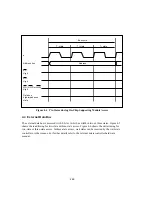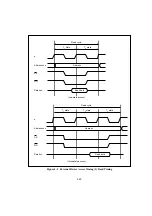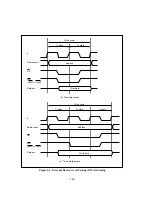
3.4 Bus-Released State
This is a state in which the bus has been released in response to a bus request from a bus master
other than the CPU. While the bus is released, the CPU halts except for internal operations. For
further details, refer to the relevant microcontroller hardware manual.
For further details, refer to the relevant microcontroller hardware manual.
3.5 Reset State
When the RES input goes low all current processing stops and the CPU enters the reset state. The
I bit in the condition-code register is set to 1 by a reset. All interrupts are masked in the reset state.
Reset exception handling starts when the RES signal changes from low to high.
3.6 Power-Down State
In the power-down state the CPU stops operating to conserve power. There are three modes: sleep
mode, software standby mode, and hardware standby mode. For details, refer to the relevant
microcontroller hardware manual.
3.6.1 Sleep Mode
A transition to sleep mode is made if the SLEEP instruction is executed while the software
standby bit (SSBY) is cleared to 0.
CPU operations stop immediately after execution of the SLEEP instruction. The contents of CPU
registers are retained.
3.6.2 Software Standby Mode
A transition to software standby mode is made if the SLEEP instruction is executed while the
SSBY bit is set to 1.
The CPU and clock halt and all on-chip supporting modules stop operating. The on-chip
supporting modules are reset, but as long as a specified voltage is supplied the contents of CPU
registers and on-chip RAM are retained. The I/O ports also remain in their existing states.
3.6.3 Hardware Standby Mode
A transition to hardware standby mode is made when the STBY input goes low.
As in software standby mode, the CPU and clock halt and the on-chip supporting modules are
reset, but as long as a specified voltage is supplied, on-chip RAM contents are retained.
244

